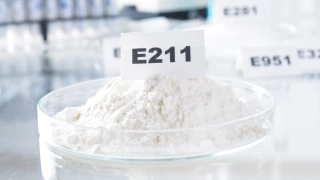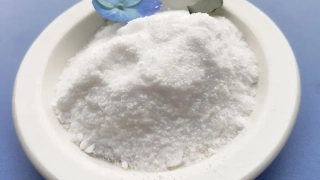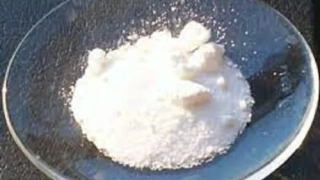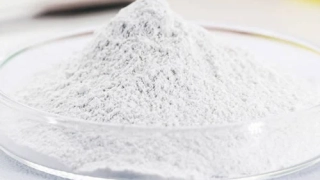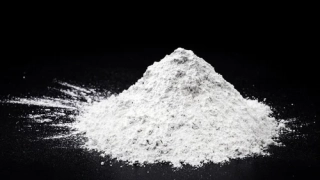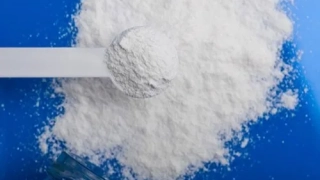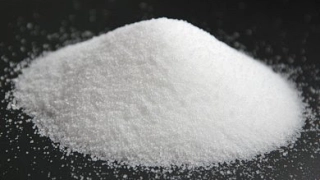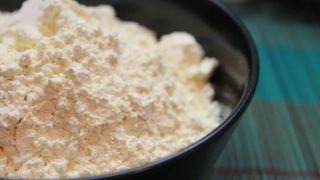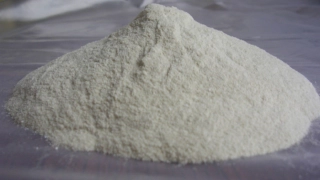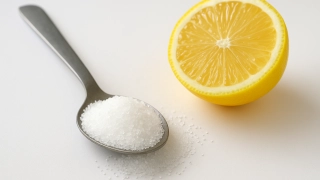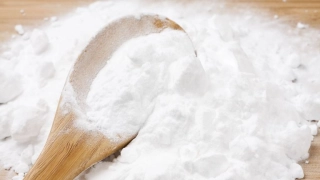Potassium Sorbate (E202): Taste Profile, Aroma, Benefits and Health Risks
Potassium sorbate (E202) is a widely used preservative in the food industry, valued for its effectiveness in inhibiting mold, yeast, and some bacteria. As the potassium salt of sorbic acid, it extends the shelf life of various foods and beverages without significantly altering sensory qualities.
Potassium sorbate is generally considered safe for most individuals and rarely causes allergic reactions. In rare cases, mild irritation may occur, particularly with direct skin or mucosal contact.
What does Potassium Sorbate (E202) taste like?

Complete Sensory Description:
-
Taste: In typical concentrations, potassium sorbate is nearly tasteless and does not impart any noticeable flavor to food. At very high levels, a faintly bitter or metallic aftertaste may be detectable.
-
Aroma: Pure potassium sorbate is odorless, and in food applications, it does not affect aroma.
-
Texture: It appears as small, white granules or powder that dissolve readily in water, with no effect on the texture or mouthfeel of finished products.
-
Appearance: The additive is visually similar to table salt or fine sugar in its crystalline form, but is invisible when dissolved and used in food.
In-depth Flavor Analysis:
Potassium sorbate’s primary role is as a preservative; it acts by disrupting the metabolic processes of mold and yeast cells, preventing spoilage. Its sensory impact is minimal, as it remains chemically stable and does not interact strongly with flavor compounds at standard concentrations. Only excessive amounts—well above permitted food levels—can cause a slight bitterness or off-taste, but such usage is strictly regulated.
Varieties and Culinary Applications:
Potassium sorbate is found in a wide range of foods: cheeses, baked goods, dried fruits, yogurts, soft drinks, wines, syrups, and salad dressings. It is particularly valued in products where preservation without flavor change is essential. In winemaking, potassium sorbate inhibits secondary fermentation. Home cooks seldom use it directly, as it is mainly an industrial additive.
Selection and Storage:
Potassium sorbate is sold as food-grade powder or granules, packaged in moisture-proof containers. It should be stored in a cool, dry place, tightly sealed to avoid moisture absorption. Properly stored, it has a long shelf life and maintains its preservative properties.
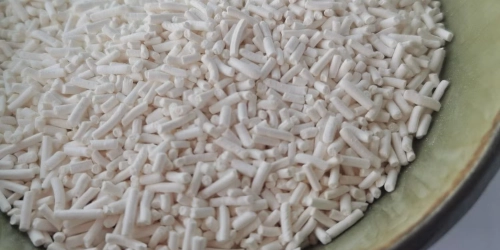
Nutritional Insights:
Potassium sorbate provides no calories, vitamins, or minerals. It does not contribute to the nutritional profile of foods and is not metabolized as a source of nutrients. Its function is solely to protect food quality and extend freshness.
Expert Insights & Culinary Tips:
Food technologists prefer potassium sorbate for its efficiency and lack of flavor impact. It is particularly useful in acidic foods and beverages, where it is most effective. Chefs working with preserved foods value it for maintaining original flavors and preventing mold growth, especially in artisanal cheese and confectionery.
Interesting and Curious Facts:
Potassium sorbate was first synthesized in the 19th century from the berries of the mountain ash tree. Today, it is produced commercially through chemical synthesis. Its widespread use is due to a low toxicity profile and high efficacy, and it is one of the most thoroughly studied preservatives.
Harm and Dietary Considerations:
For most consumers, potassium sorbate poses minimal risk at approved concentrations. Rarely, sensitive individuals may experience mild irritation. Excessive consumption is not typical with balanced diets, as regulatory limits are well below harmful levels. Studies show no evidence of carcinogenic or long-term toxic effects when used appropriately.
Religious Dietary Considerations:
Potassium sorbate is permitted under Halal, Kosher, and Hindu dietary laws, as it is synthetically produced without animal-derived ingredients.
Final Thoughts & Sensory Journey:
Potassium sorbate (E202) preserves freshness in foods and drinks, acting silently to guard against spoilage—leaving flavors, aromas, and textures unchanged for a safer, longer-lasting product.
Resources:
-
Belitz, H.-D., Grosch, W., & Schieberle, P. (2009). Food Chemistry (4th Edition). Springer. ISBN: 978-3540699330 (E202)
-
Chipley, J. R. (2005). Sorbates. In Antimicrobials in Food (3rd Edition). CRC Press. ISBN: 978-0824740373 (E202)
-
Branen, A. L., Davidson, P. M., & Salminen, S. (2001). Food Additives (2nd Edition). Marcel Dekker. ISBN: 978-0824704382 (E202)
